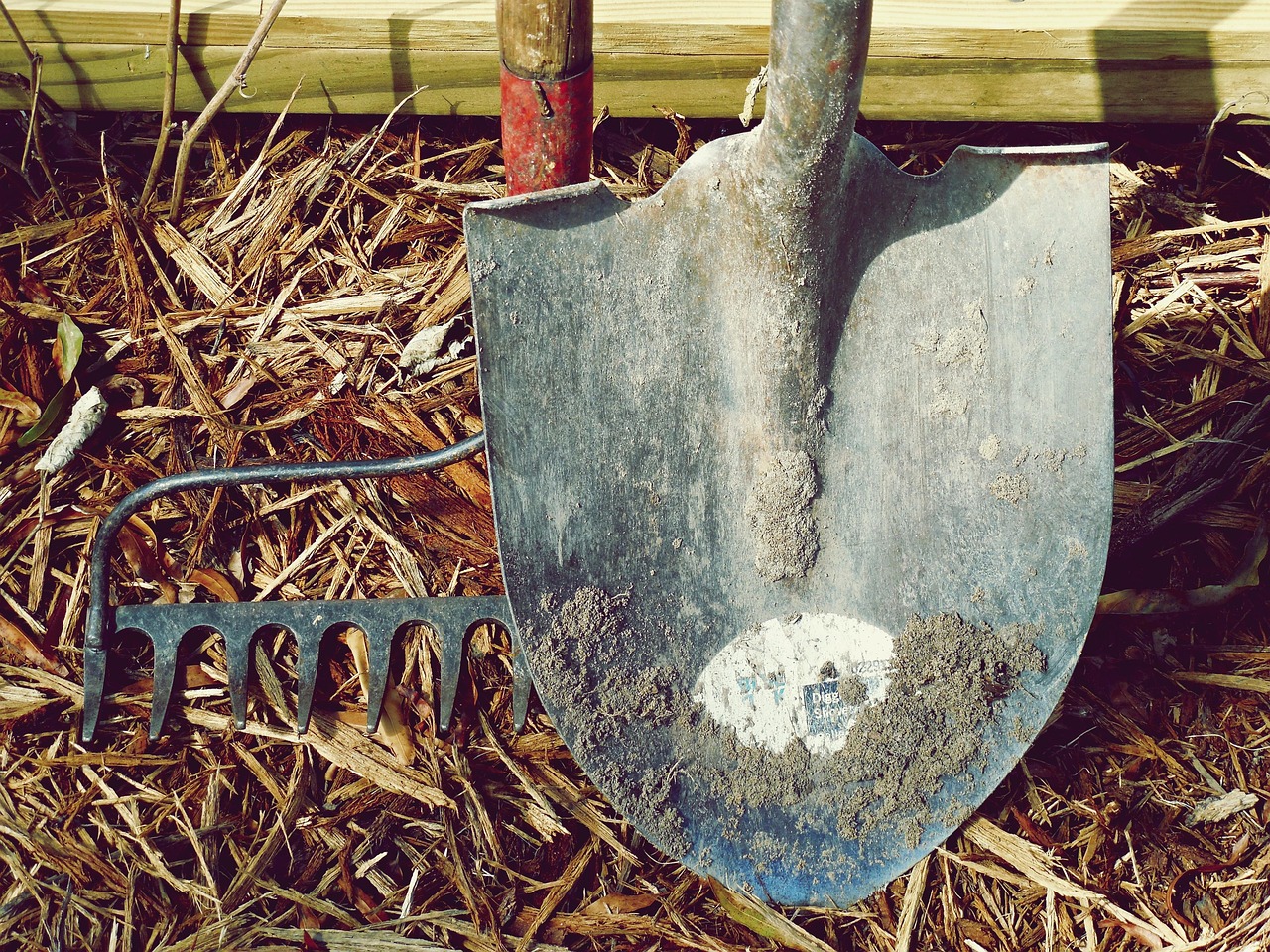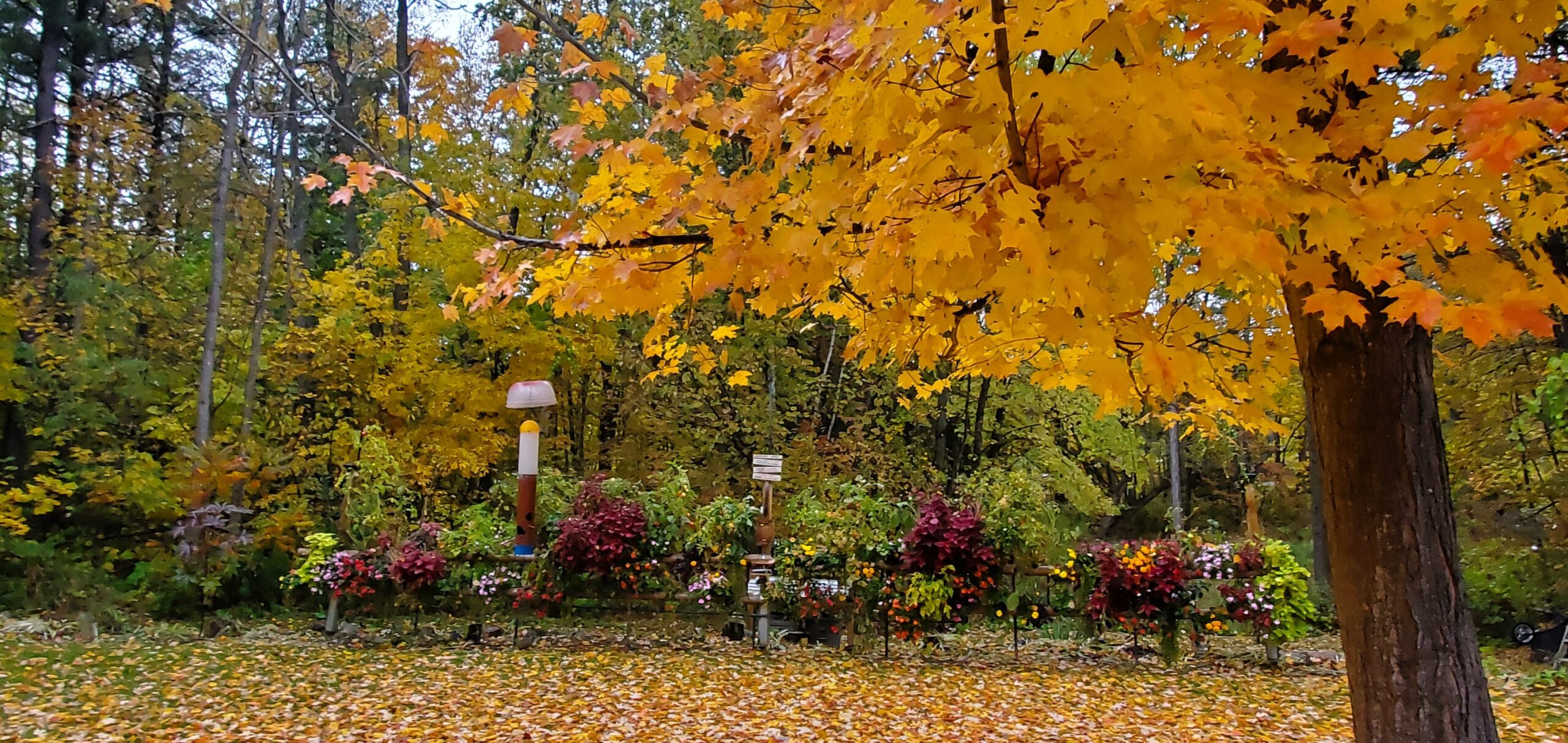
Ever dreamed of a vibrant spring garden bursting into life the moment frost melts away? The secret lies in what you do now—before winter arrives. While most people tuck their tools away as the temperatures drop, seasoned gardeners know that fall is the perfect time to set the stage for a spectacular spring. It’s not just about raking leaves and saying goodbye to summer blooms. It’s about investing in your soil, the literal foundation of every thriving garden.
So, how do you make sure your soil is ready to wake up healthy, fertile, and full of promise when spring rolls around? Let’s dig into the step-by-step strategy for how to prepare your garden soil in fall for spring planting (before winter hits!).
Why Fall is the Best Time to Start Thinking About Spring

Isn’t spring the gardening season? Why bother now?
- Soil is easier to work with: Fall soil is still warm from summer, making it more workable and responsive to amendments.
- Microbial activity is still strong: Beneficial bacteria and fungi are still active in early fall, helping break down compost and organic matter.
- More time to settle: Fall prep allows organic materials and soil amendments to break down naturally, enriching the soil structure.
- Less spring stress: You’ll avoid the chaotic rush of prepping beds when spring arrives.
Step-by-Step Guide: How to Prepare Your Garden Soil in Fall for Spring Planting (Before Winter Hits!)
1. Start With a Clean Slate
Remove Spent Plants and Debris
Dead plants, weeds, and leftover veggies may harbor pests and diseases that overwinter in your soil. Clearing them out not only cleans your beds but prevents future headaches.
- Pull out annuals, root systems and all.
- Trim and compost healthy plant material.
- Dispose of diseased plants—don’t compost them!
Tidy the Edges
Don’t overlook garden borders. Trim overgrowth and redefine edges to give your beds a tidy look and prevent grass from creeping in.
2. Test and Analyze Your Soil
Do You Know What Your Soil Really Needs?
Before adding anything, it’s wise to know your soil’s current state.
- Purchase a simple soil test kit from your local garden center.
- Measure pH, nutrient levels (N-P-K), and organic content.
- Send a sample to a local extension office for a detailed breakdown if you want specifics.
Knowing your soil’s pH and nutrient balance helps guide your next steps. Fall is the best time to correct imbalances so spring plants thrive.
3. Amend and Enrich Your Soil
Add Organic Matter
Nothing feeds soil like compost and well-rotted manure. It improves structure, increases microbial activity, and boosts fertility.
- Compost: Layer 2–4 inches on top of your beds.
- Aged Manure: Use sparingly unless it’s fully decomposed.
- Leaf Mold: Shredded fall leaves make a rich, earthy conditioner.
Correct pH and Mineral Deficiencies
- Add lime to raise pH (if too acidic).
- Sulfur or peat moss to lower pH (if too alkaline).
- Sprinkle rock phosphate or greensand if your soil is low in phosphorus or potassium.
Mix It In—Gently
Use a garden fork or broadfork to work amendments into the top 6–8 inches of soil. Avoid over-tilling, which disturbs beneficial microbes and soil structure.
4. Mulch to Protect and Build
Why Mulch in Fall?
Fall mulching does double duty: it shields the soil from harsh winter conditions and nourishes it as the mulch decomposes.
- Use organic mulch: straw, chopped leaves, wood chips, or shredded bark.
- Apply 2–3 inches thick, leaving a gap around the base of perennials.
- Avoid non-biodegradable mulches like plastic sheeting, which suffocates the soil.
By spring, much of your mulch will have broken down, adding organic richness and reducing weeds.
5. Consider Cover Crops for Long-Term Soil Health
What Are Cover Crops and Why Should You Use Them?
Cover crops—also called “green manure”—are fast-growing plants you sow in fall to improve soil.
- Rye, clover, or winter wheat are excellent options.
- They prevent erosion, fix nitrogen, and suppress weeds.
- In early spring, cut them down and turn them into the soil a few weeks before planting.
Even small gardens benefit from cover cropping. It’s nature’s way of letting your soil breathe and restore itself over winter.
6. Water Before the Ground Freezes
Don’t forget that roots—even dormant ones—need moisture. If your fall has been dry, water deeply before the first freeze.
- Water your garden thoroughly once before winter.
- This keeps soil from drying out and cracking.
- Moist soil also insulates better against the cold.
7. Protect Beds With a Winter Blanket
Should You Cover Your Garden Beds?
Yes—especially if you’re not using cover crops.
- Use burlap, floating row covers, or landscape fabric.
- This shields soil from wind erosion and temperature swings.
- Bonus: It discourages neighborhood cats or wildlife from using your beds as a winter hangout.
8. Label and Plan for Spring
Before everything is blanketed in frost, take notes:
- Label your beds with what was planted and what you amended.
- Sketch a rough spring planting plan while it’s still fresh in your mind.
- Keep a soil journal for tracking amendments and results over time.
Future you will be thankful when it’s time to plant again!
Final Touches: Tools and Tips
What Tools Do You Need?
- Garden fork or broadfork
- Soil test kit
- Compost or wheelbarrow
- Mulch or leaf shredder
- Hose with deep-soak setting
Keep tools clean and store them properly—fall is a great time to sharpen blades and oil wooden handles.
Bonus Tip: Compost What You Can
Don’t toss those fall leaves or trimmed stems—compost them! By spring, you’ll have black gold to feed your garden.
